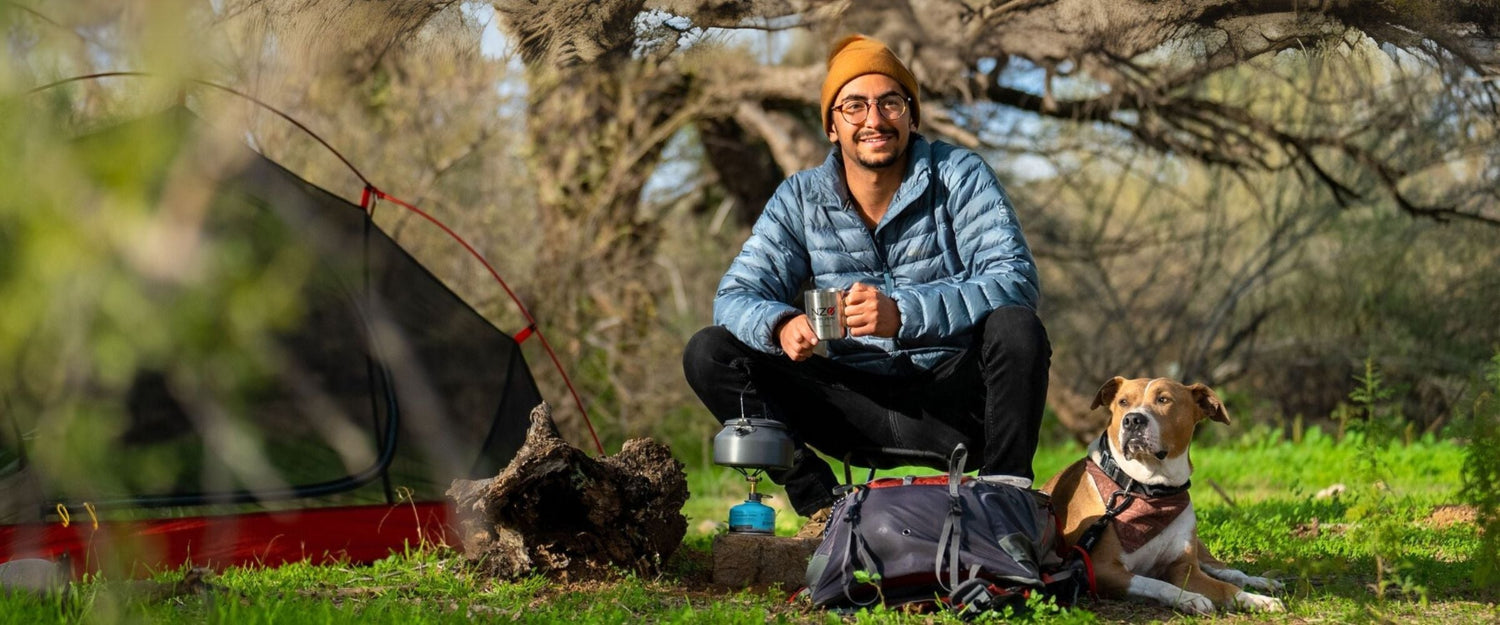
Spring Cleaning: Getting Your Sleeping Pad Ready for Camping Season
Share
As the snow starts to melt away and the sun becomes a warming balm from the winter blues, it's time to dust off your camping gear and get ready for another season of outdoor adventures. One essential piece of equipment that often gets overlooked is your sleeping pad. A leaky or improperly stored pad can turn a great trip into a rough night of tossing and turning. Here’s how to inspect, patch, and prep your sleeping pad before heading into the wild.
Step 1: Inspect Your Sleeping Pad
Before your first camping trip of the season, give your sleeping pad a thorough check. Look for signs of wear and tear, including:
-
Small punctures or holes
-
Delamination (separation of layers)
-
Leaking valves
-
Mold or mildew from improper storage
To check for leaks, inflate the pad fully and listen for escaping air. You can also press down and feel for any areas that seem to deflate quickly.
Step 2: Find and Patch Leaks
If you suspect a leak, here’s a simple way to find it:
-
Mix a few drops of dish soap with water and apply it to the surface of the inflated pad.
-
Look for bubbles forming—this will indicate where air is escaping.
-
Mark the spot with a small piece of tape or a marker once the pad is dry.
To patch the leak:
-
Use a repair kit designed for sleeping pads. Most pads come with one, but if you’ve misplaced it, you can purchase a universal patch kit.
-
Clean the area around the hole and ensure it is dry.
-
Apply the adhesive and patch according to the instructions, allowing ample time for it to cure before reinflating.
Step 3: Check the Valve
Leaks can also occur around the valve. If you notice air escaping from this area:
-
Make sure the valve is properly sealed and clean.
-
If the valve is damaged, some manufacturers offer replacement valves or repair kits.
Step 4: Clean and Store Properly
If you stored your sleeping pad without cleaning it first, now is the time to do so. Use mild soap and warm water to wipe down the surface, then let it air dry completely. Moisture can lead to mildew growth, which can degrade the materials.
When storing your pad:
-
Keep it in a cool, dry place away from direct sunlight.
-
Store it loosely rolled or laid flat to prevent creases and unnecessary pressure on the seams.
Step 5: Test It Before Your Trip
A week before your camping trip, inflate your pad and leave it overnight to ensure it holds air. If any issues arise, you’ll have time to make additional repairs.
By taking these simple steps to inspect, patch, and prepare your sleeping pad, you’ll ensure a comfortable and worry-free camping experience. A little preseason maintenance goes a long way in keeping your gear in top shape, so you can focus on enjoying the great outdoors!

